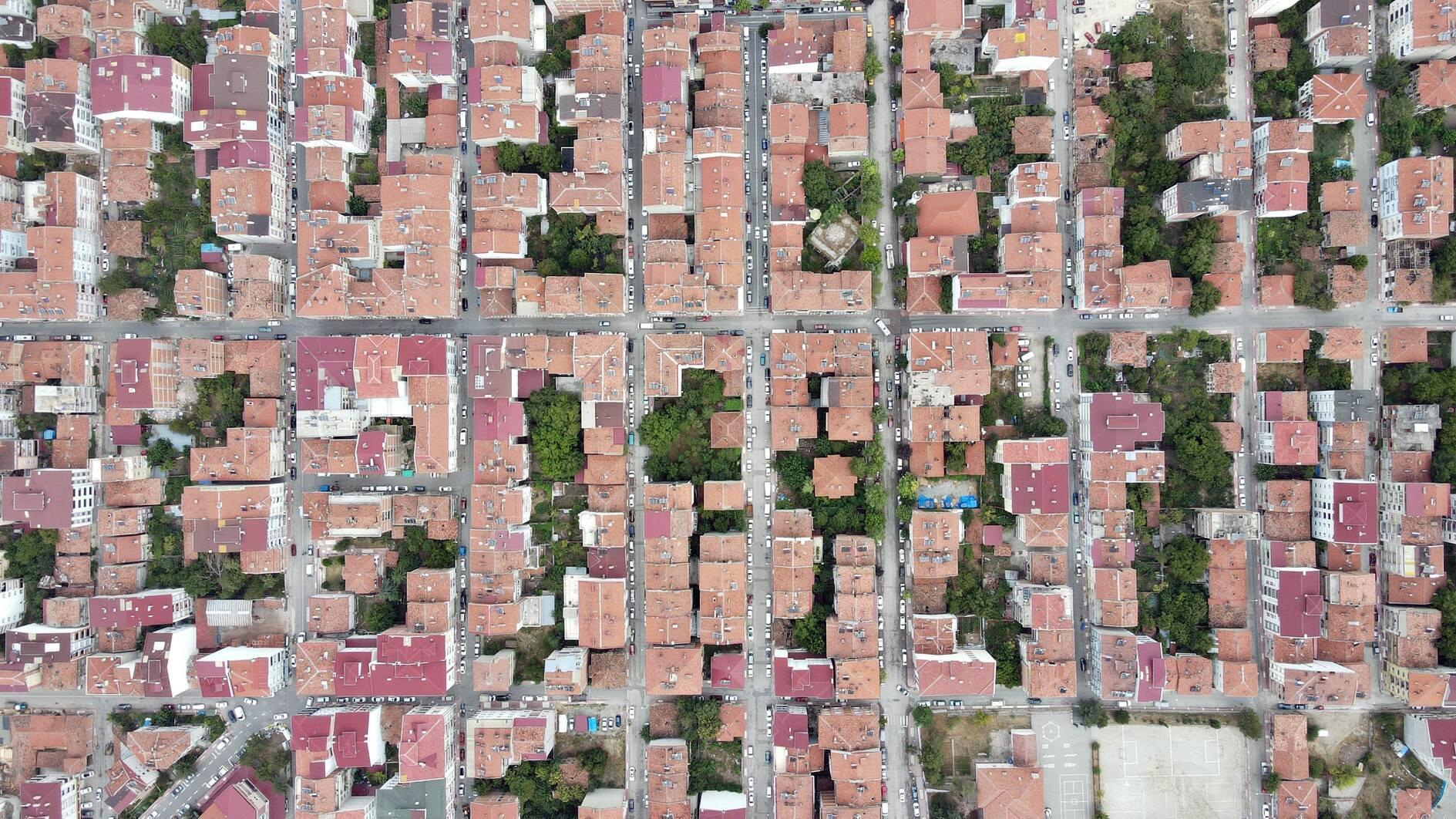
The Taşköprü district in the northern province of Kastamonu, which was rebuilt following a devastating fire in 1927, continues to develop according to an urban plan that was introduced 96 years ago by architects sent by modern Türkiye founder Mustafa Kemal Atatürk.
After the fire, which destroyed 70 percent of Taşköprü, Atatürk instructed a team of architects and city planners from the capital Ankara to redesign the district.
According to historical records, Atatürk visited Taşköprü on Aug. 29, 1925, during his trip to Kastamonu, and was deeply impressed by the region. Upon learning of the extensive damage caused by the fire, he directed architects to create a modern city plan based on the “Grid City System,” a design known as the European school.
The plan, which has guided the district’s development for nearly a century, is now exhibited in the Taşköprü City History Museum.
The district’s Mayor, Hüseyin Arslan, explained that Atatürk’s 1925 visit left a lasting impact.
“Atatürk was very enthusiastic about this region. At the time, he even visited the building where our urban plan is currently exhibited.”
Arslan highlighted the qualities of the grid system and said, “This plan, whose technical name is ‘grid,’ ensures that all streets intersect at right angles, allowing a clear view from one end of the street to the other. It represents a critical example of planned urbanization that emerged from a disaster.”
The district’s adherence to this nearly century-old plan has become a point of pride for residents and a symbol of Taşköprü’s resilience.